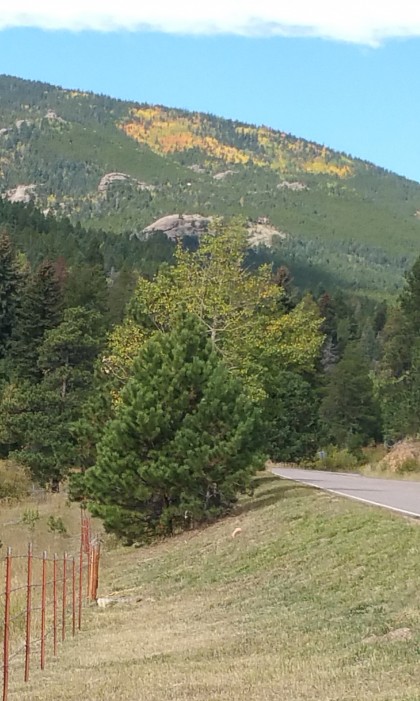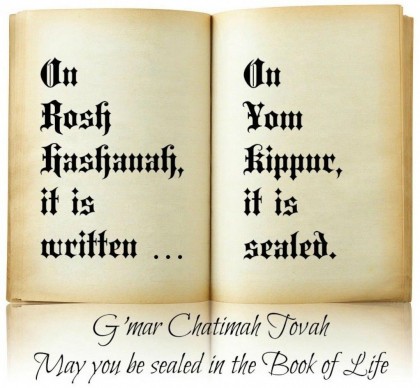Lughnasa Harvest Moon

Tomorrow we peek over the transom toward the fallow season. Six more weeks of harvest, the heart of the harvest season is now, then Samain, summer’s end. Up here the temperature cooled off overnight and we’re at 35 degrees right now, getting close to a first frost. There’s even a small hint of snow for next Wednesday. As I wrote earlier, Pike’s Peak and the much closer Mt. Rosalie had snow last week. Happy with the change.
Deb Brown, my personal trainer at On the Move Fitness, really made me feel good yesterday. “You move better than most of the 30 & 40 year olds I see. And, you’re strong.” She was sincere and I was touched. I told her about the odd finding I got from the 23&me folks; I have the same genetic muscle profile as elite power athletes. “Well, you’re capitalizing on it.” “My wife said, ‘What happened?” “Tell to her to ask you that again when you’re 108!” We laughed. Left me smiling.
 The book of life closed on Wednesday. It was a fast day, unusual in Judaism which finds asceticism puzzling, but on this day, once a year, there is a fast for the whole of Yom Kippur*. That’s from evening to evening. The point is to make us tune into our bodies, to remember that the body carries our soul, and to make the final push for teshuvah, return to the holy soul our body carries.
The book of life closed on Wednesday. It was a fast day, unusual in Judaism which finds asceticism puzzling, but on this day, once a year, there is a fast for the whole of Yom Kippur*. That’s from evening to evening. The point is to make us tune into our bodies, to remember that the body carries our soul, and to make the final push for teshuvah, return to the holy soul our body carries.
OK. I’ll admit I surprised myself, right here, with this keyboard. It happens, but not often like this. I wrote “make us tune in to our bodies.” Oh. It may be, as Bill Schmidt suggested obliquely earlier this month, that this Jewish experience runs deeper than I’m admitting.
*“The purpose of fasting is to bring one to repent, and true repentance brings about a change in actions. However, repenting without fasting is not enough,” Jewish educator Aliza Bulow explains on Aish.com.
Although there are medical exceptions to fasting, the Yom Kippur tradition dates back to biblical times, according to Chabad.org. When the Jewish people were wandering in the desert for 40 years after enslavement in Egypt, they worshiped a golden calf — which is contradictory to the religion’s monotheistic tenets — and Moses went to Mt. Sinai to ask for God’s forgiveness. Moses came down from the mountain after God forgave (them) him, and that day became known as Yom Kippur. The tradition of Yom Kippur continued when the Jews reached the land of Israel — Jews gathered in the first two temples until they were destroyed — and persisted again when they were ultimately exiled and dispersed across the globe.” Time
